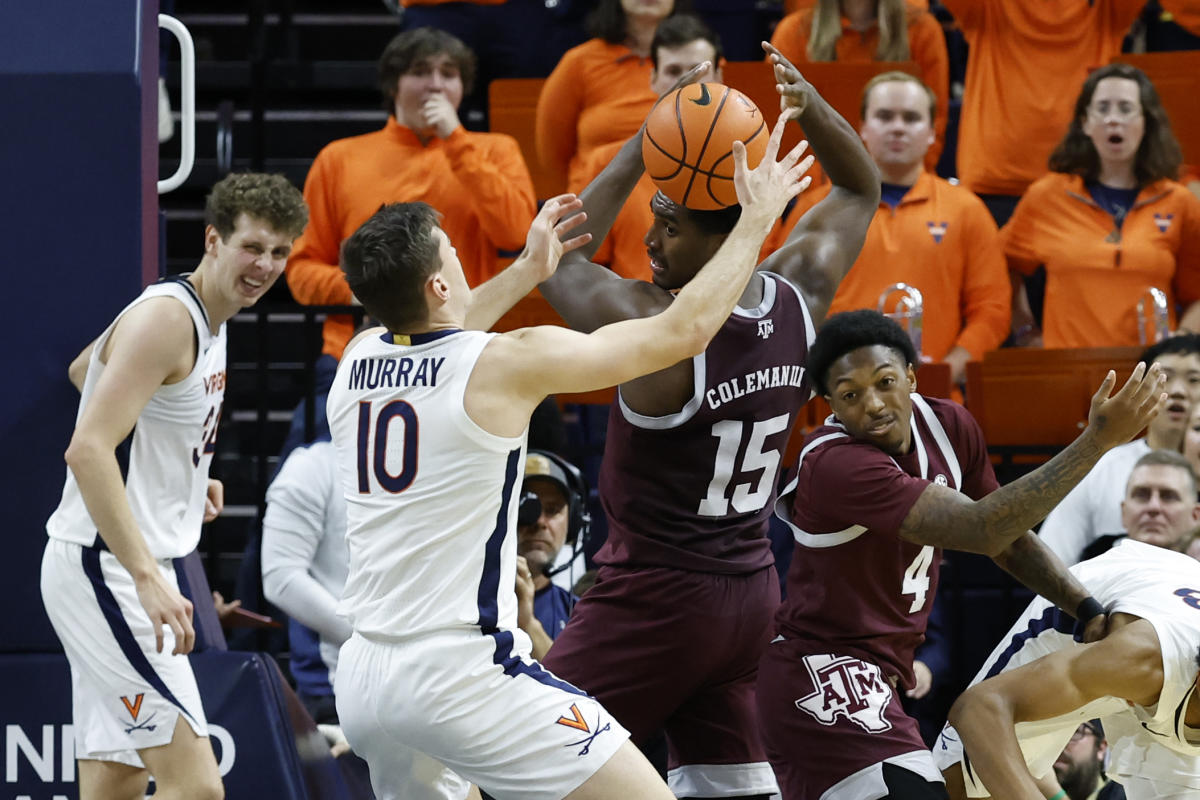Is College Athletics At A Breaking Point?
With legal challenges swirling around the world of college sports, the conversation has shifted to whether college athletics are on the brink of collapse. Last Friday, a day before the University of Maryland hosted Michigan in a Big Ten football game in College Park, Maryland Athletic Director Damon Evans offered a candid, at times harsh, and sometimes shocking assessment of college sports and its future to a group of college athletic stakeholders inside a conference room at the Marriott Marquis in Washington, D.C.
According to Evans, a sitting Big Ten AD, the big five schools comprising the Power Five Conferences will be navigating a new governance structure featuring a model of revenue-sharing with athletes within five years or even sooner. “We are going to be there,” Evans explained at a meeting of the Knight Commission, a group of mostly former and current college athletic administrators advocating for educational reforms in college sports. “It would not surprise me to see some sort of different type of governance structure in place that separates the A5 out from the current structure.”
The push for revenue-sharing with athletes has been accelerated by the House antitrust case filed against the NCAA and the power conferences, which could result in direct pay to college athletes by seeking the elimination of the NCAA’s NIL rules. Campuses within the Power Five Conferences are expected to collectively contribute upwards of $5-10 million in potential settlement payments to settle the lawsuit.
Amid these legal battles is a conversation about the restructuring of the NCAA happening at the highest levels of the industry. “Futuristically, we need to recreate or relaunch the NCAA. We have a good leader in (NCAA president) Charlie Baker who can do that. There is some modeling going on,” said former Duke and Notre Dame athletic director Kevin White.
The NCAA is also being pressured to manage the spending of millions of dollars generated primarily from football-related television deals. A proposal was shared during the Knight Commission meeting to modify and curb college athletics spending, specifically focused on revenue distribution from the expanded College Football Playoff.
With college athletes demanding a piece of the revenue pie, the pressure for direct compensation is rising. “We’ve made decisions to spend money on certain things that have gotten us into the trouble we are in today,” acknowledged Evans. He also admitted that donor collectives are using NIL rules as “a form of pay-for-play” circumventing a traditional pay system.
Amidst these changes, there are hopes that a new NCAA model will retain competition among all Division I schools competing in the NCAA men’s and women’s basketball tournaments. But the narrative is shifting, and there’s talk that basketball could eventually follow in the footsteps of football, which is controlled by the CFP.
It is clear that a new era is approaching college athletics and with it comes great uncertainty. A new NCAA model in the near future seems quite plausible, but its shape, form, and impact are still largely unknown.

Alex Martin is your guide to the global phenomenon of football. With a focus on international leagues and tournaments, he provides match commentary, player interviews, and behind-the-scenes stories from the world of football.



:no_upscale()/cdn.vox-cdn.com/uploads/chorus_image/image/72931262/usa_today_21973134.0.jpg)


